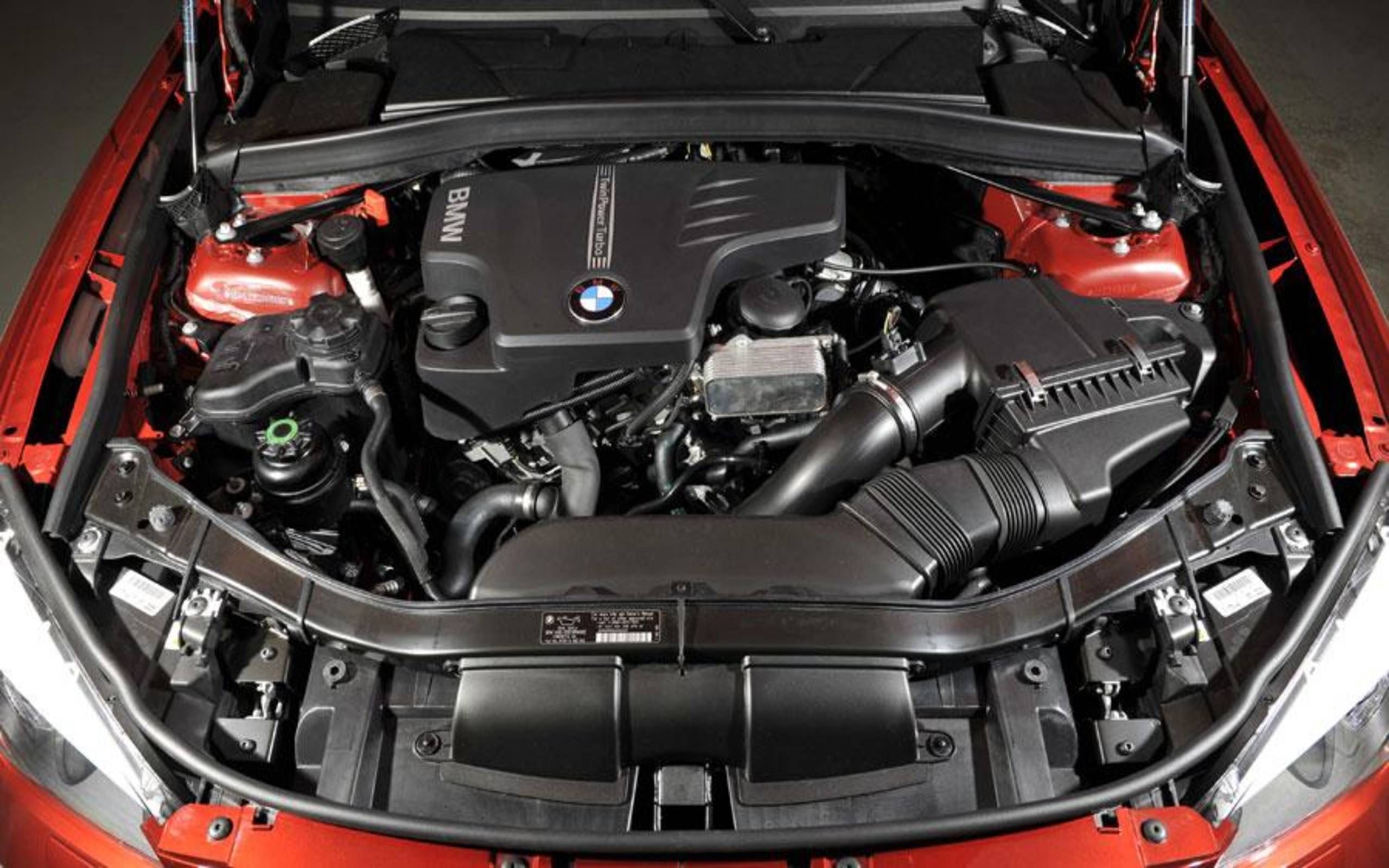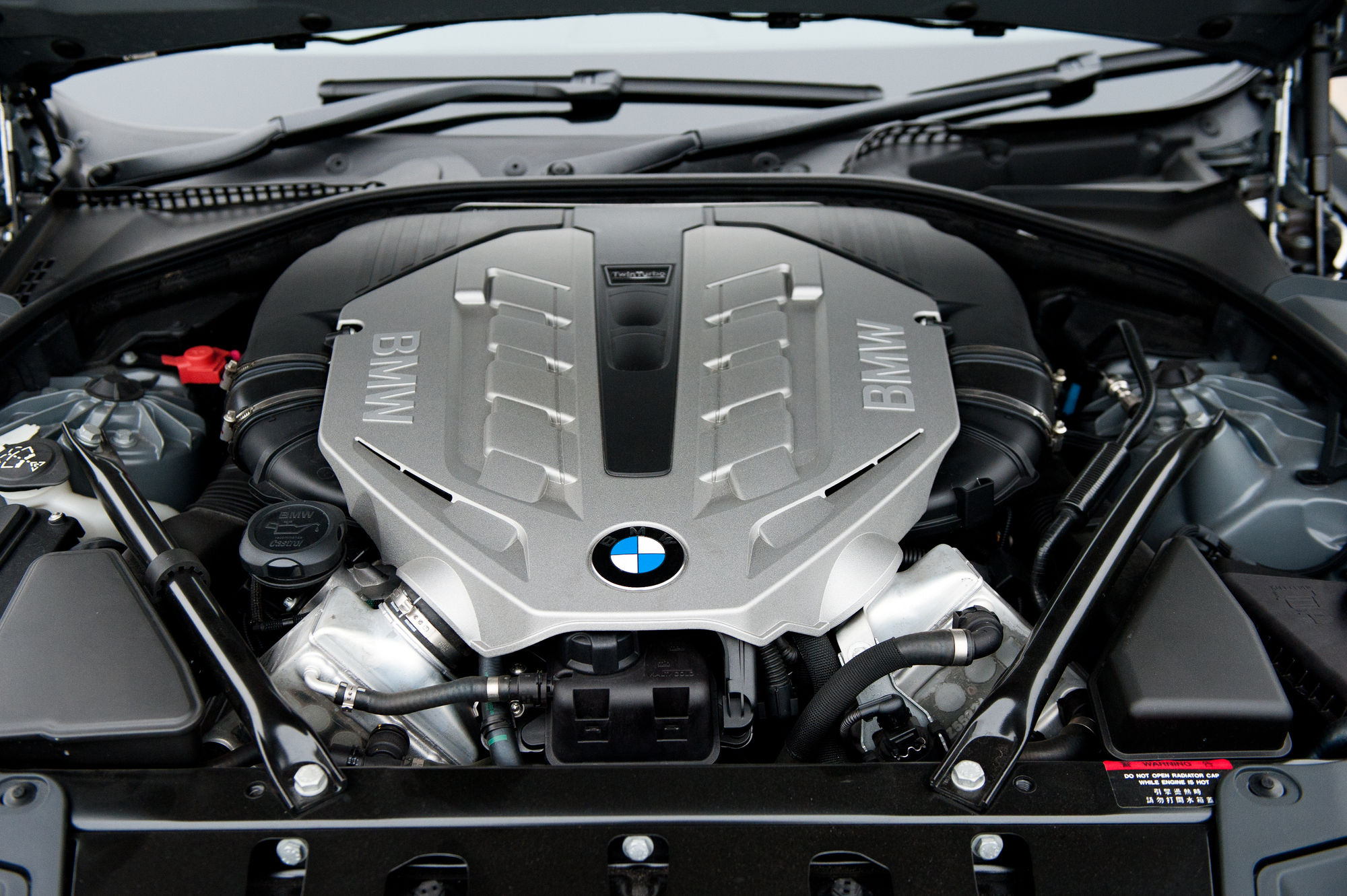Exploring the Development of Burning Engines in Modern Transport Systems
As we browse the landscape of modern transport, the development of combustion engines stands as a testimony to human ingenuity and design prowess. The interplay of background, technology, and ecological concerns in forming the trajectory of combustion engines creates a story that is both insightful and compelling.
Very Early Beginnings of Combustion Engines
Just how did the concept of combustion engines very first arise in the early stages of transportation growth? The roots of combustion engines can be mapped back to the 17th century when the concepts of inner burning were first checked out.
The breakthrough moment included the development of the first successful gasoline-powered engine by Karl Benz in 1885 - bmw engine. This engine led the means for the development of the contemporary automobile, reinventing transport systems worldwide. Subsequent advancements by Nikolaus Otto and Gottlieb Daimler better refined combustion engine technology, causing the mass manufacturing of autos and the rapid growth of the transport sector
These very early burning engines were identified by their simpleness and effectiveness, laying the foundation for the facility and effective engines utilized in contemporary transportation systems. The evolution of burning engines has actually been crucial fit the method we travel and transfer items, noting a considerable turning point in the history of transportation growth.
Change to Internal Combustion Modern Technology
The shift to interior burning innovation marked a crucial change in the development of transportation systems. This change began in the late 19th century, with inventors like Nikolaus Otto and Gottlieb Daimler creating the very first successful inner burning engines. These engines reinvented transportation by offering an extra powerful and efficient option to steam engines and electrical motors.
One of the crucial advantages of inner combustion engines was their ability to be scaled down to match automobiles, resulting in the growth of motorbikes and cars. This change from large, stationary engines to compact, mobile ones led the way for the modern-day transportation systems we see today.
The change to internal burning innovation additionally spurred innovations in fuel modern technology, leading to the advancement of gasoline and diesel as main gas sources for automobiles. This change not only made transportation a lot more accessible to the masses however additionally laid the foundation for the oil and gas market to become important to international economic climates.
Influence of Combustion Engines on Transportation
The adoption of burning engines in transport systems catalyzed a profound shift in the performance and rate of international movement. Burning engines changed transport by providing a versatile and trustworthy resource of power for numerous lorries, including vehicles, ships, planes, and vehicles. This development substantially boosted the ability for items and individuals to conform fars away in shorter amount of time, causing boosted connection in between regions and nations.
Additionally, the widespread use of combustion engines has actually had a significant effect on economic development. The ability to transfer goods efficiently has actually stimulated trade and commerce, allowing organizations to broaden their markets and get to consumers worldwide. This has facilitated financial development and globalization, as products can now be transported much faster and in bigger quantities than ever previously.
However, the environmental effect of burning engines can not be ignored. The burning of fossil gas has led to air contamination and greenhouse gas discharges, adding to environment change and posturing wellness dangers to populations. bmw engine. Therefore, there is a growing focus on establishing alternative propulsion modern technologies to alleviate these unfavorable effects and develop a more lasting future for transportation
Innovations in Burning Engine Design
Countless improvements in combustion engine style have actually driven the development of transport systems over the decades. One remarkable development is the growth of turbocharged engines, which utilize exhaust gases to drive a generator that compresses inbound air, allowing for even more fuel to be burnt, leading to increased power outcome without a substantial increase in engine dimension. Additionally, direct shot technology has actually boosted gas efficiency the original source and performance by exactly regulating the amount and timing of fuel infused right into the combustion chamber. Variable valve timing systems have actually additionally transformed engine style by maximizing airflow at different engine rates, boosting both power and efficiency. One more substantial advancement is the combination of light-weight products such as carbon fiber and light weight aluminum alloys, reducing general engine weight and boosting vehicle fuel economic situation. Innovations in computer-aided layout have actually enabled engineers to optimize engine performance and efficiency through simulations before physical prototypes are built, conserving time and sources in the growth process. These technologies collectively contribute to the constant enhancement of combustion engines in contemporary transportation systems.
Future Patterns in Combustion Engine Growth
With modern technology improvements driving constant innovation, the future of burning engine advancement is poised to change transportation systems globally. Among the essential trends in burning engine development is the press towards better performance and reduced exhausts. Makers are investing greatly in r & d to improve engine performance while satisfying stringent ecological regulations. This includes the assimilation of sophisticated gas injection systems, boosted turbocharging methods, and the usage of lightweight materials to maximize fuel usage and reduce carbon discharges.
Another famous fad is the adoption of hybrid innovations in burning engines. Crossbreed engines combine conventional burning technology with electric power, using boosted gas efficiency and lower discharges. As the vehicle sector changes in the direction of electrification, hybrid combustion engines are seen as a transitional service that connects the space in between standard lorries and fully electric ones.
Furthermore, the combination of wise innovations, such as expert system and information analytics, is anticipated to play a substantial duty in the future of burning engine growth. These modern technologies can maximize engine efficiency in real-time, bring about like this extra reliable burning processes and improved overall car performance. Embracing these future trends will certainly not just drive technology in burning engine advancement however also contribute to a much more eco pleasant and lasting transportation environment.

Final Thought
In conclusion, the advancement of combustion engines in modern transport systems has actually been marked by significant improvements in innovation and design. From the very early beginnings of combustion engines to the change to interior burning innovation, these engines have had an extensive effect on transport.
The roots of combustion engines can be my response mapped back to the 17th century when the principles of inner combustion were initial checked out. These engines transformed transport by providing a more effective and powerful choice to steam engines and electrical motors.

Comments on “Checking Out the Efficiency Enhancements of the most recent BMW Engine Designs”